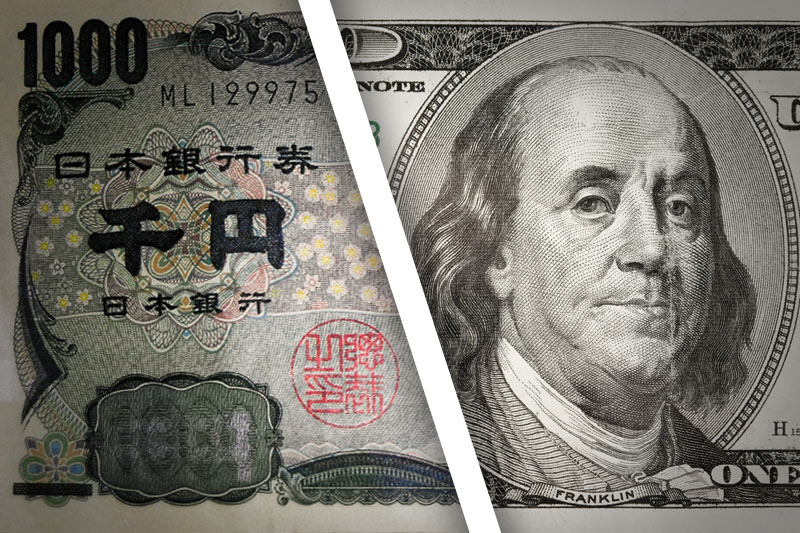Investing.com - The dollar fell below the 100 per yen level for the first time since May 9 on Monday after a report showed that activity in the U.S. manufacturing sector contracted for the first time since November 2012 in May.
USD/JPY hit 99.64 during U.S. morning trade, the pair’s lowest since May 9; the pair subsequently consolidated at 99.86, shedding 0.54%.
The pair was likely to find support at 98.63, the low of May 9 and resistance at 100.71, the session high.
The Institute for Supply Management said its index of purchasing managers fell to 49.0 in May from a reading of 50.7 in April. Analysts had expected an unchanged reading.
On the index, a reading above 50.0 indicates industry expansion, below indicates contraction.
The report showed that the ISM index of manufacturing prices fell to 49.5 from 50.0 in April. The new orders index registered 48.8, while the employment index declined to 50.1.
The weak data dampened expectations that the Federal Reserve will start to unwind its USD85 billion-a-month asset purchase program later this year.
The dollar had been lower against the yen earlier in the trading day as sharp falls in Japanese equities bolstered demand for the safe haven yen.
The dollar was lower against the euro and the pound, with EUR/USD rising 0.12% to 1.3011 and USD/GBP advancing 0.55% to 1.5277.
The euro hit session highs against the dollar earlier after data showed that the euro zone May’s manufacturing PMI improved to 48.3 from 47.8 in April, indicating that the slump in the region’s manufacturing sector is easing.
The euro subsequently gave up gains as the better-than-expected data dampened expectations for more easing measures by the European Central Bank at its policy meeting later in the week.
The euro had been broadly higher earlier after data showed that May’s manufacturing purchasing managers’ index improved to 48.3 from 47.8 in April.
Sterling was boosted after data showed that the U.K. manufacturing PMI rose to 51.3 in May; the fastest rate of growth in 14 months, while April’s reading was revised up to 50.2 from a preliminary estimate of 49.8.
USD/JPY hit 99.64 during U.S. morning trade, the pair’s lowest since May 9; the pair subsequently consolidated at 99.86, shedding 0.54%.
The pair was likely to find support at 98.63, the low of May 9 and resistance at 100.71, the session high.
The Institute for Supply Management said its index of purchasing managers fell to 49.0 in May from a reading of 50.7 in April. Analysts had expected an unchanged reading.
On the index, a reading above 50.0 indicates industry expansion, below indicates contraction.
The report showed that the ISM index of manufacturing prices fell to 49.5 from 50.0 in April. The new orders index registered 48.8, while the employment index declined to 50.1.
The weak data dampened expectations that the Federal Reserve will start to unwind its USD85 billion-a-month asset purchase program later this year.
The dollar had been lower against the yen earlier in the trading day as sharp falls in Japanese equities bolstered demand for the safe haven yen.
The dollar was lower against the euro and the pound, with EUR/USD rising 0.12% to 1.3011 and USD/GBP advancing 0.55% to 1.5277.
The euro hit session highs against the dollar earlier after data showed that the euro zone May’s manufacturing PMI improved to 48.3 from 47.8 in April, indicating that the slump in the region’s manufacturing sector is easing.
The euro subsequently gave up gains as the better-than-expected data dampened expectations for more easing measures by the European Central Bank at its policy meeting later in the week.
The euro had been broadly higher earlier after data showed that May’s manufacturing purchasing managers’ index improved to 48.3 from 47.8 in April.
Sterling was boosted after data showed that the U.K. manufacturing PMI rose to 51.3 in May; the fastest rate of growth in 14 months, while April’s reading was revised up to 50.2 from a preliminary estimate of 49.8.
